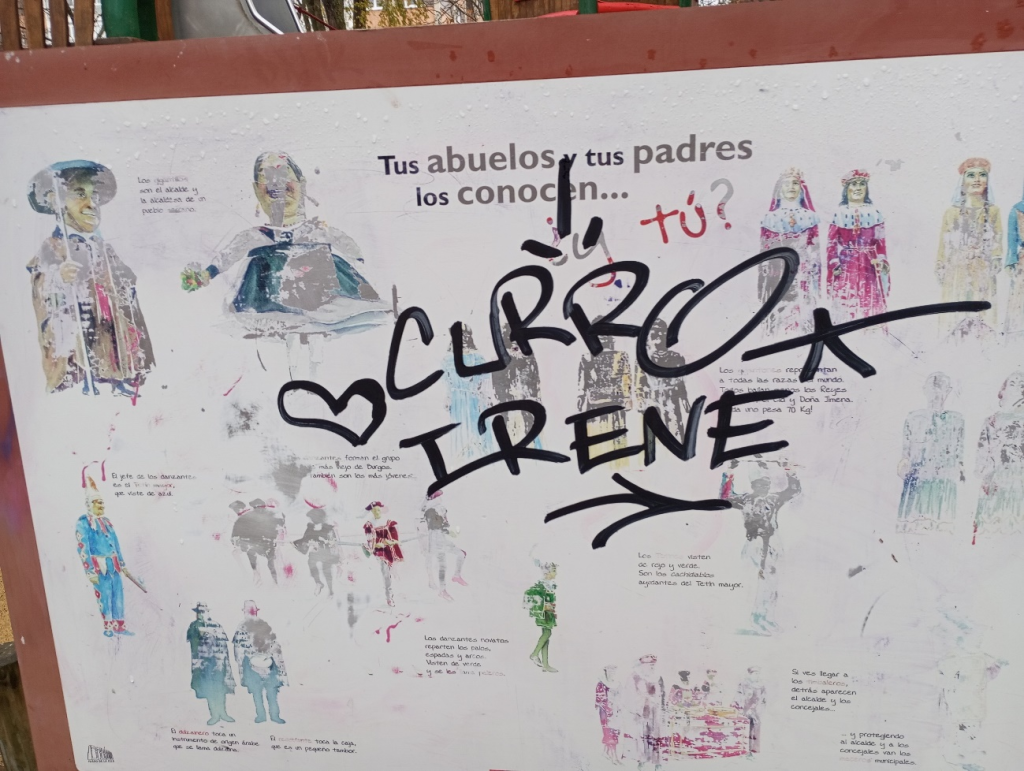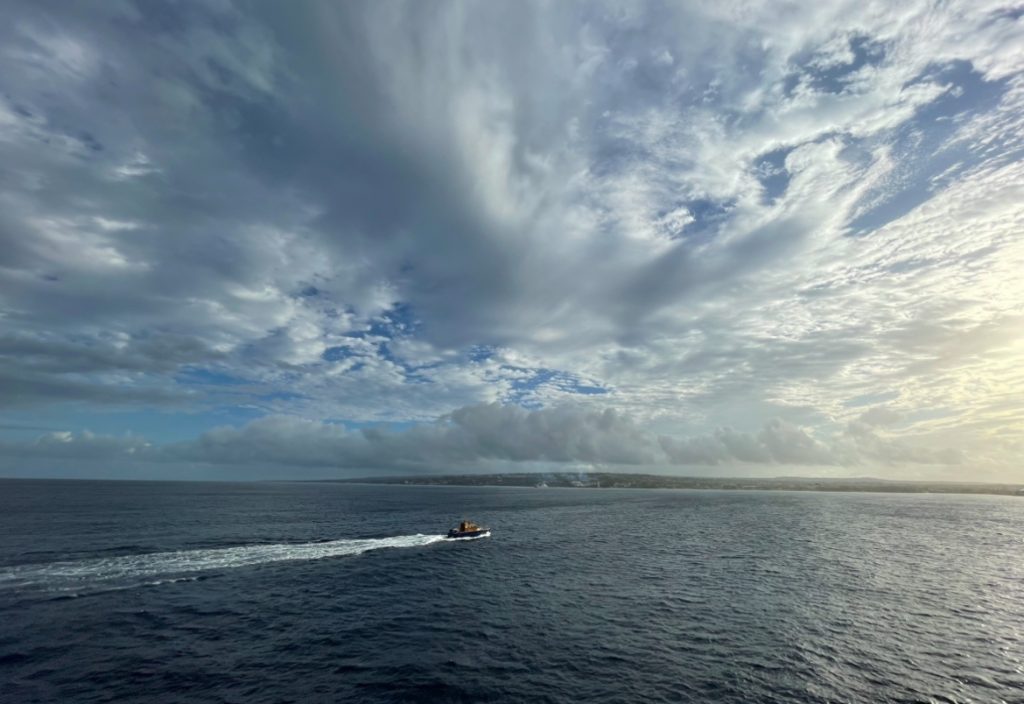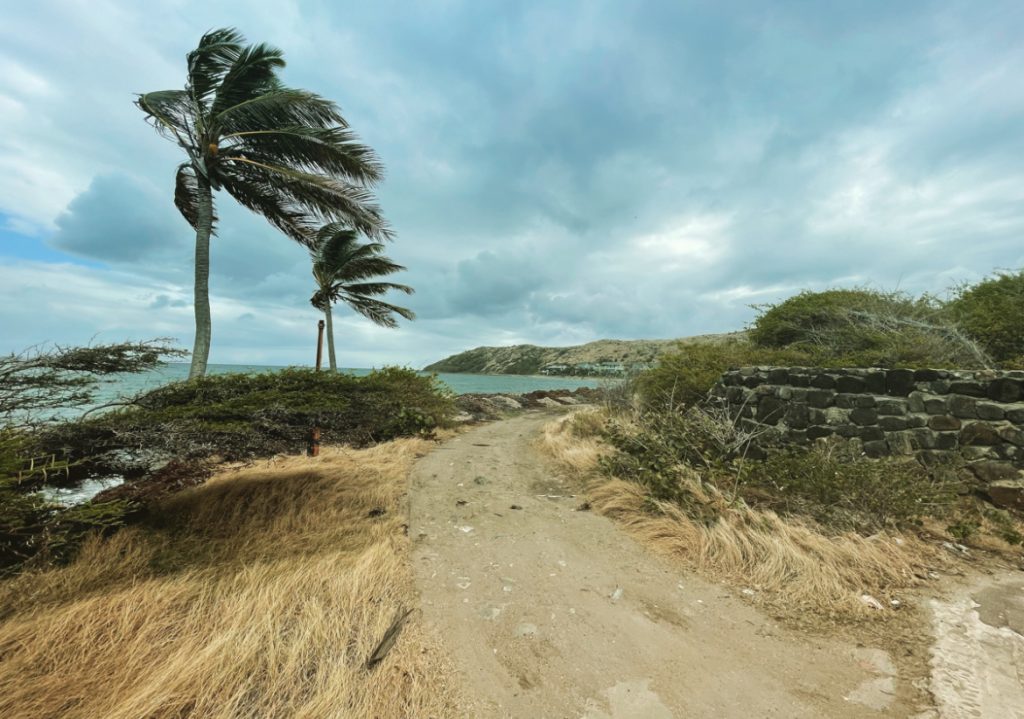
CURRO LOVES IRENE
How and why God will have placed in the World
(A stunned God, his mental energies lost)
Brainless and disabled like Curro and Irene
Destined to procreate and give children to the Nation
Falling in love intensely like crazy people
Thinning their skin and belly
With her crazy lips she
Making love with meat and turnip
Giving birth to as many children as God wants.
He is a mischievous kitchen gallop
She, a grape pincher who steals dates or olives
With a toothpick or pin in the Market.
With a long procession of sperm
In her fallopian tubes
She engenders and gives birth like a rabbit
Without missing the slightest circumstance.
Curro conquered her in Boca del Asno
Recreational area next to the Eresma river
In the Valsaín Mountains, Segovia
One day when they went
On an excursion with their school
To spend the whole day.
On their hiking route throughout La Boca
He motioned to her with his penis
What noise or lure to hunt birds.
-My horn has gunpowder, he told her.
She answered him:
-Listen to the sound of my clam
Or whistle that imitates it.
Put your ear!
Fucking is living force
That neither the living nor the dead respect it
And even less the giddy ones.
-Look, Irene, Curro told her.
Right next to a waterfall that made the water
Look what a blowing wind
Or subtle current of air brings us the cataract
Cooling our asses.
At some point, the two of them embraced
Remembering their disturbed children
What they had left in Burgos capital
Safely
She rubbing his penis
As if it were a bagpipe with a handlebar:
Seneca, Pomponia, Mala, and Pliny.
El Pinjante (The prick), Curro’s pendant jewel
Thick, fat, buttery
Ejaculated abundantly, copiously, fertilely
On the pine land
While Irene was pissing herself laughing
Without dropping a drop of urine
For her beautiful lip scar.
The history of the senses says so
They are confirmed facts
Curious, very guarded.
-Daniel de Culla





